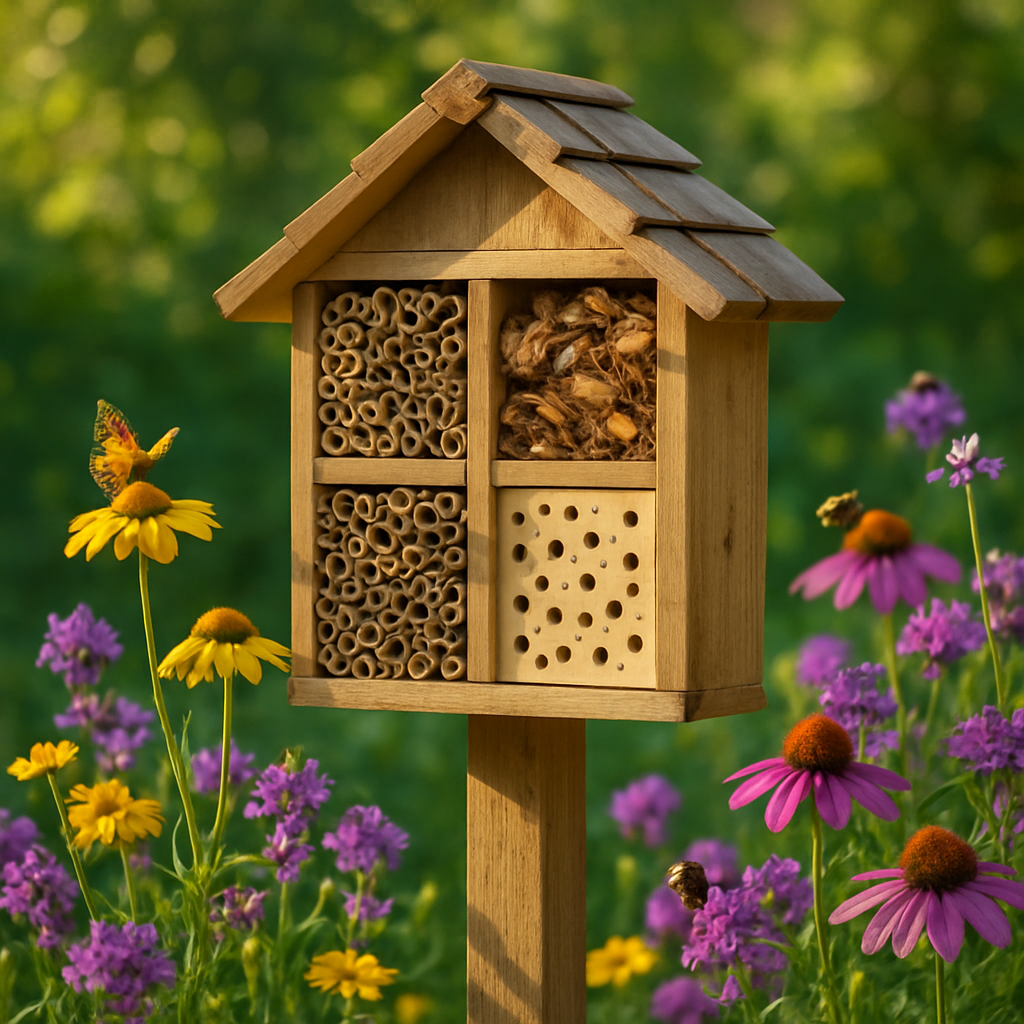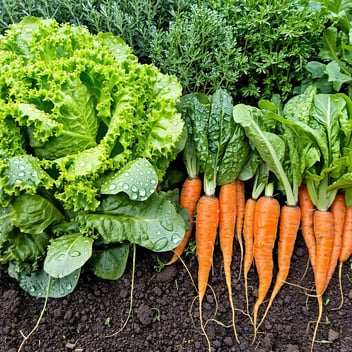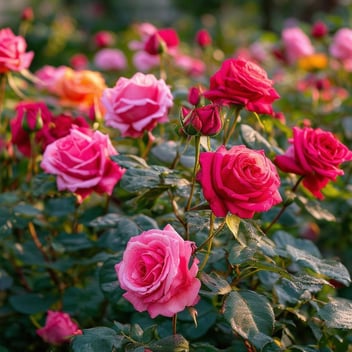DIY Pollinator Hotels: Crafting Safe Spaces for Beneficial Insects
Introduction
In every thriving garden, the hum of tiny wings and the scuttle of minuscule legs are signs of health. Beneficial insects — pollinators, predators, decomposers — are unseen heroes. They sustain flowers, fruits, and the soil. Building a pollinator hotel is more than a quaint craft project. It’s a gesture of ecological kindness, a structure that helps fragile insect species survive in built‑up, pesticide‑ridden environments.
What Is a Pollinator or Bug Hotel
Key Components That Insects Need
Insect hotels need a few basic elements: safe nesting sites (holes, crevices, hollow stems), dry protection from rain and damp, and access to food (flowers, pollen). The materials should vary in size, texture, moisture, and warmth. That variety ensures that more kinds of insects can find their ideal "room".
Types of Beneficial Insects It Supports
These miniature shelters appeal to solitary bees like mason bees and leafcutter bees, ladybugs that feast on aphids, lacewings, predatory wasps, butterflies looking for restful crevices, even decomposers like beetles. Each group contributes: pollination, pest control, soil enrichment.
Choosing Materials and Location
Natural, Non‑Treated Materials
Use untreated wood, bamboo, reeds, hollow stems, bark, dry leaves, pinecones. Chemicals or pressure‑treated wood can harm insects. Small diameter holes (about 3‑10 mm) suit solitary bees. Smooth interiors prevent injury to delicate wings.
Best Places in the Garden: Sunlight, Shelter, Elevation
Pick a sunny, sheltered spot. Morning sun warms up the hotel. Avoid damp or overly shaded areas. Elevate the hotel: on a post or mounted to structure to keep moisture and predators away. Orient ideally facing south or southeast for warmth. Proximity to flowering plants helps insects find food easily.
Designs & DIY Construction Ideas
Solitary Bee–Friendly Modules
Drill holes into hardwood blocks, fill tubing or hollow stems. Vary the diameters to accommodate different species. Ensure holes are smooth and not splintered. Seal sharp edges. These modules mimic natural cavities where solitary bees nest.
Multifunctional Hotels
Combine compartments for different insects: hollow tubes, straw bundles, bark, dry leaves. Include spaces for butterflies to perch, ladybugs to hide, predatory wasps to lay eggs. The more niches, the richer the insect diversity.
Decorative and Upcycled Options
Old wood crates, pallets, empty tin cans, broken tiles — repurpose what you have. Upcycled material adds character. But ensure none have harmful chemicals or paint that off‑gases. Use roofs: tiles, metal sheets, pieces of bark to shed water. Make designs artistic but functional.
Step‑by‑Step Building Guide
-
Gathering Materials: Collect untreated wood, bamboo, hollow reeds, dry leaves, bark, tools (drill, nails/screws, saw).
-
Building the Frame & Compartments: Build a solid box or frame. Divide into sections (“rooms”) so materials don’t mix and so you can clean/replace parts individually.
-
Roof or Weather Protection: A sloped roof or overhang ensures rain doesn’t drench nesting material. Water can kill young larvae or lead to mold.
-
Mounting & Mount Position: Securely fix the hotel so it doesn’t sway. Mount on pole or post, or on wall. At least 1‑2 meters off ground if possible. Direction: southeast or warm side. Near pollinator‑friendly plants.
Maintenance & Safety Considerations
Cleaning, Replacing Materials, Preventing Mold
Check annually. Remove moldy or soggy materials. Replace tubes or stems that are degraded. Clean out old brood holes (from previous seasons) to prevent parasites buildup. Dry out during off‑season so mold or fungal growth doesn’t take over.
Watching for Parasites and Predators
Birds, rodents, parasitic insects may try to invade. Use mesh guard where needed, but ensure airflow. Be careful that the holes are not so big that wasps or larger predators overwhelm the hotel.
Seasonal Care Routines
Spring: gentle cleaning, repositioning if needed. Summer: ensure materials stay dry; keep nearby flowers blooming. Fall/winter: allow some insects to overwinter inside undisturbed; reduce disturbance.
Augmenting the Hotel: Complementary Practices
Planting Pollinator‑Friendly Flora Nearby
Surround the hotel with nectar‑rich, native flowering plants. Flowers of varying bloom times ensure continuous nourishment. Herbs, wildflowers, shrubs, vines — all help.
Minimizing Pesticides and Chemical Hazards
Avoid broad‑spectrum insecticides which may kill the guests. Use organic methods. Ensure that materials used in the hotel are chemical‑free.
Providing Water Sources & Shelter
A shallow dish, puddling spots, wet sand areas for butterflies and bees helps. Dense plantings and leaf litter provide nearby shelter. Small logs or dead wood left in safe corners can support more insects.
Benefits & Expected Outcomes
-
You’ll see more bees and butterflies in the spring/summer. Flowers pollinated more thoroughly.
-
Natural pest control increases (ladybugs, lacewings eating pests). Less need for spraying.
-
Greater biodiversity: more balanced mini‑ecosystem. Soil health improves, resilience in garden increases.
Common Mistakes & How to Avoid Them
-
Using treated or painted wood that contains toxins.
-
Placing hotel in shady, damp spots — risk of mold, unattractive to insects.
-
Holes too smooth / too large / or too small — species won’t use them.
-
Neglect — leaving materials soggy, letting predators take over.
Conclusion
A pollinator hotel is not just a craft; it’s a legacy. One that reaches into seasons, bringing insects home, boosting pollination, balancing ecosystems. With intentional design, maintained care, and complementary practices, these small sanctuaries become powerful agents of garden transformation.




